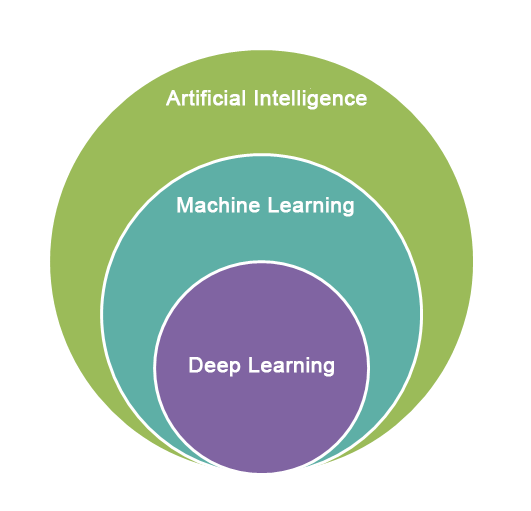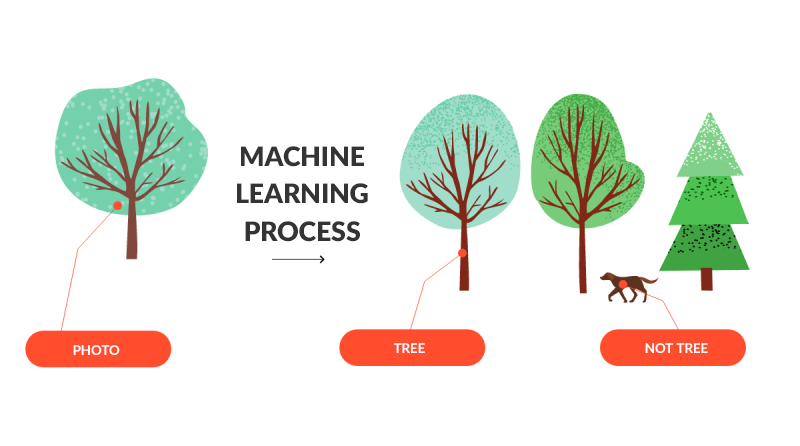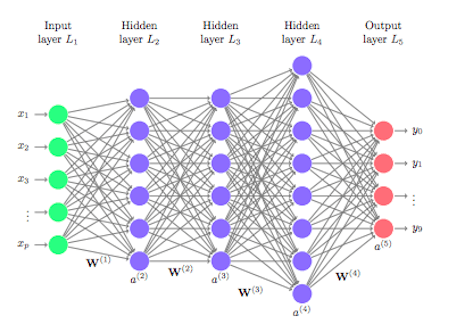Innovative solutions are revolutionizing the technological environment. Machine learning and deep learning are driving the development of AI, influencing the creation of more and more advanced solutions.
Machine learning vs. deep learning – basic AI methods
The development of AI solutions is based on two main methods – machine learning and deep learning. Innovative technologies are impacting the business world, creating competitive advantages. They automate work, affect more efficient management, and increase the security of the entire IT infrastructure. Machine learning, or machine learning, and deep learning, or deep learning, are the building blocks of artificial intelligence.

What is machine learning?
Machine learning is an element of artificial intelligence that allows computers to learn, adapt and explore patterns, and communicate without explicit programming. Machine learning takes advantage of Big Data resources, using advanced algorithms to “learn.” The machine learning algorithm processes the provided data, creating a model based on it and ultimately using it in practice. The method provides the ability to analyze a large amount of data and draw appropriate conclusions from it. The larger the amount of data supplied to the model, the better the machine learning achieves. Through the use of machine learning, algorithms can automate the process of decision-making, as well as prioritization. Machine learning is most easily defined using the example of classification. Input data is provided to the algorithm – for example, a large number of image files with information about the objects on them, for example: photos of trees with the message “these are trees” and other photos with the message “these are not trees.” On this basis, the algorithm produces patterns of behavior and creates a model that in the future will itself distinguish between the objects on the graphics.

Machine learning – as a subset of artificial intelligence is distinguished by the way it is taught. The types we distinguish are:
- Supervised machine learning
This learning assumes human supervision. The algorithm learns from the user-tagged input provided to it and creates a model based on that input.
- Unsupervised machine learning
This type of learning does not assume human supervision. The algorithm independently examines the data, creates patterns and finds relationships. The larger the data set, the more precise the results.
- Semi-supervised learning
This is a type of supervised learning, where human-supplied input data is used, as well as data that comes from an unlabeled learning set. The algorithm, based on the labeled data and the data acquired independently, is able to determine the relationships.
- Reinforcement learning
A type of reinforcement learning involves the algorithm discovering data through a process of trial and error and determining which actions are more beneficial. It reacts to a specific situation and begins to form an independent scheme of action.
What is deep learning?
Deep learning, or deep learning, we can describe as a subcategory of machine learning. It is a method that involves the creation of neural networks through which it learns. Deep learning can be understood as the automation of predictive analysis. The neural networks that deep learning focuses on consist of multiple layers.
In a neural network, we distinguish layer types such as:
- Input layer – is a layer that is only responsible for the initial preparation of input data.
- Hidden layer – is a layer contained between the input layer and the output layer. When you increase the hidden layers – they become deep.
- Output layer – this is the layer that is responsible for the final aggregation of neurons from hidden layers and for the final result of the network on the outputs of its neurons.

One of the assumptions of deep learning is to have as much labeled data as possible. The more data that is correctly labeled and assigned to a specific class, the better results we can expect – meaning the possibility of effective prediction for unknown data.
Using deep learning, the algorithm is able to understand the context of the text or graphics being analyzed. Deep learning boosts the development of artificial intelligence and creates a trend of more and more innovative solutions. We can use the discussed method in business in many ways, such as for image recognition, speech recognition, natural language processing, or for creating recommendation systems.
Source:
https://medium.datadriveninvestor.com/what-is-a-neural-network-9ca88b29f7cb
https://towardsdatascience.com/its-deep-learning-times-a-new-frontier-of-data-a1e9ef9fe9a8
